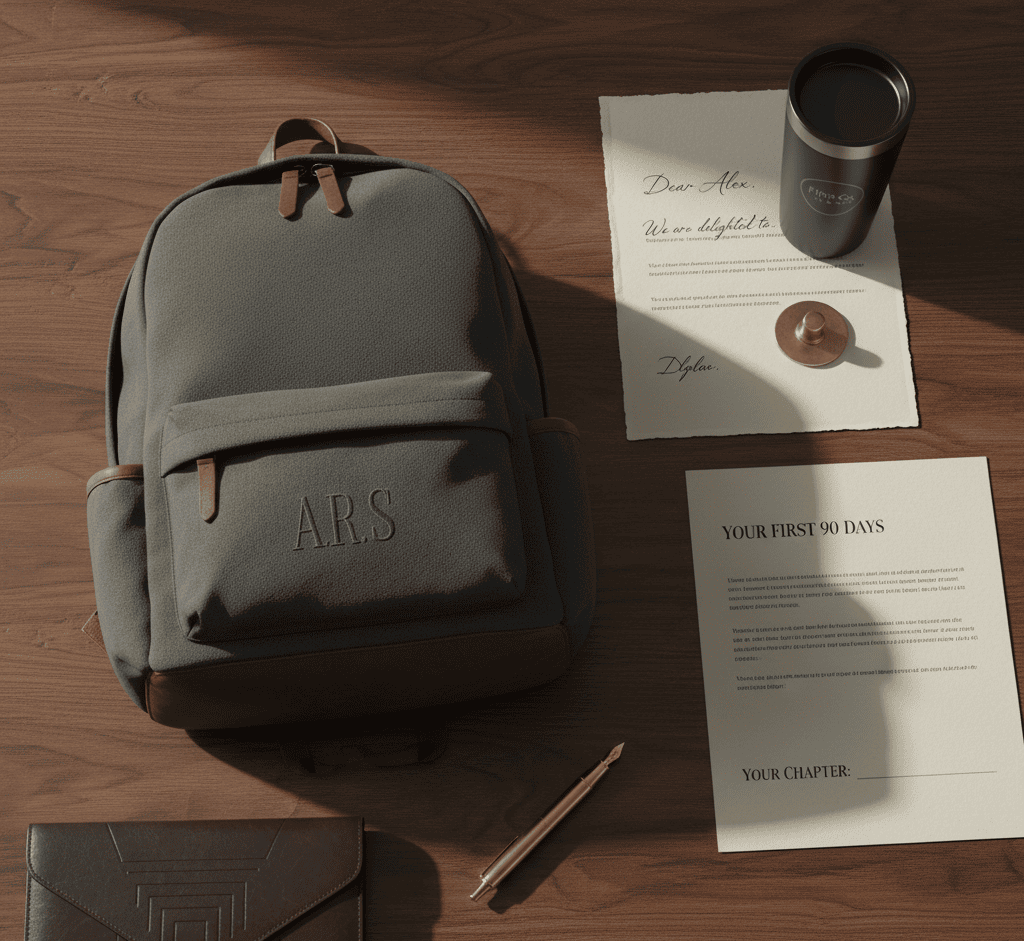
The Talent Exodus
Three exceptional law school graduates. Three firm offers. Three polite “no thank yous.”
All three picked the same competitor. A boutique firm that opened two years ago with exposed brick walls and cold brew on tap.
David’s firm had been around for 40 years. They had the reputation. The track record. The client relationships that take decades to build.
But watching 20-somethings choose a startup over his legacy practice? That stung.
The Modernization Trap
David’s firm wasn’t stuffy. They offered competitive salaries. Better benefits than the competition. Mentorship from partners who actually practiced law, not just managed associates.
But when recruits visited both offices, something shifted.
The competitor had a brand that felt alive. Modern. Intentional.
David’s firm felt...safe. Reliable. A little dated.
The trap? Every attempt to modernize felt like cosplay. New logo mockups looked like a law firm trying to be a tech startup. Casual Friday felt forced. A rebrand could alienate the clients who valued their traditional approach.
David needed to evolve without eroding the very credibility that built the firm.
One wrong move, and 40 years of trust could look desperate.
The Credibility Transfer Principle
You don’t modernize by abandoning your foundation. You modernize by making your foundation feel intentional.
The firm redesigned their new hire welcome experience around what we call the Credibility Transfer Principle: Use premium craft to prove your values are timeless, not outdated.
New hires used to get a tote bag with the firm logo, a benefits packet, and a handshake.
Now? They received a carefully designed welcome kit delivered to their home the week before their start date.
Inside: A custom backpack embroidered with their initials. A tasteful, classy coffee tumbler engraved subtly with the firm’s logo. A handwritten note from the managing partner explaining why they were chosen. A beautifully printed timeline showing the firm’s most significant cases…not as bragging rights, but as proof of lasting impact.
One small detail made it work: The timeline included a blank space at the end labeled “Your Chapter.”
It wasn’t flashy. It was elegant. Professional. It said: We’ve been here for decades because we do work that matters. And we believe you will too.
From Rejection to Recognition
The next quarter, the firm’s offer acceptance rate jumped to 87%.
Up from 62% the previous year.
But the real shift? New hires started posting unboxing photos on LinkedIn.
Not because the firm asked them to. Because the experience felt worth sharing.
One new associate wrote: “Starts Monday. Already feels like I made the right call.”
David’s recruiting partner told us: “We stopped trying to compete with the competitor’s aesthetic. We leaned into what we actually are…a firm that values craft, legacy, and the long game. Turns out, that’s exactly what top talent wants. They just needed to feel it, not hear it.”
The welcome kit didn’t save the firm’s reputation.
It revealed it.
Tangible Trust Beats Trendy
Most professional service firms think modernization means looking like something else.
But credibility isn’t built by mimicking the new competitor. It’s built by making your values tangible.
A custom backpack isn’t just a nice gift. It’s a signal: We invest in quality. We think long-term. We believe you’re worth this level of care.
A handwritten note isn’t quaint. It’s proof: You’re not a number. We know your name before you walk in.
When your brand lives in the physical world, not just the pitch deck, it becomes something recruits can hold, share, and believe in.
The Credibility Transfer Principle works because it lets legacy firms stop apologizing for their foundation and start proving why it matters.

